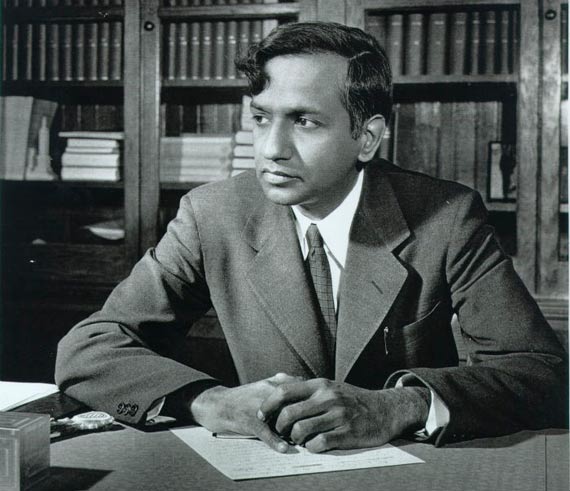As a young doctoral student at Cambridge, Subramanian Chandrasekhar had deduced that certain types of stars, called white dwarfs, could not have a mass more than roughly 1.44 solar masses (the Chandrasekhar limit). If they exceeded this mass, they would undergo collapse under the pull of gravity. The collapse of a star exceeding the Chandrasekhar limit was a precursor to the idea of black holes.
When he presented his results in 1935 to the Royal Society, Britain’s most celebrated astronomer, Arthur Eddington (1882–1944) took violent objection on the grounds that Chandrasekhar had wrongly used quantum mechanics and that his proposed behavior for a star was simply absurd.

Physicists knew Eddington’s argument to be incorrect, but did not come out in Chandrasekhar’s defense—some thought it obvious, and some were afraid to contradict Eddington. Chandrasekhar left England (where all doors were closed to him in view of the above) and migrated to the USA to become one of the most influential and respected astrophysicists in the world.
His results came to be universally accepted and he won the Nobel Prize in 1983, over 50 years after his great discovery.
Read more in the article Globalization and Science: One Physicist’s View
Comments on this publication